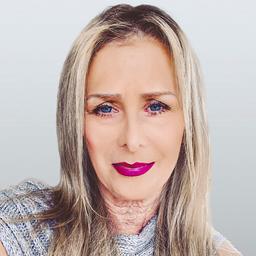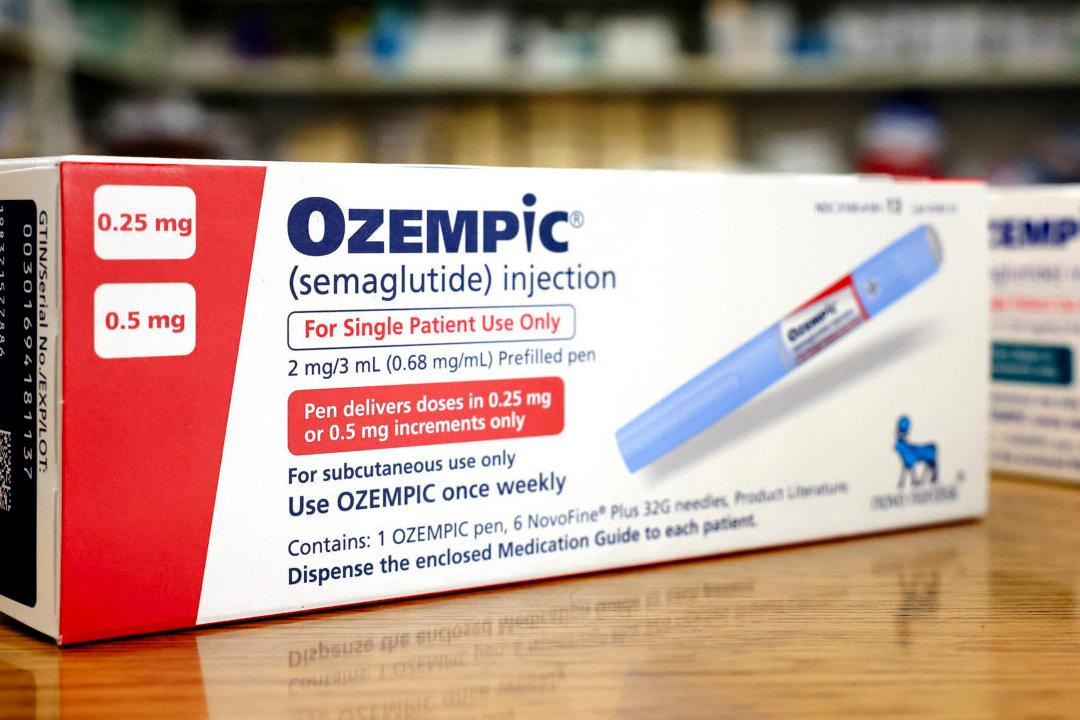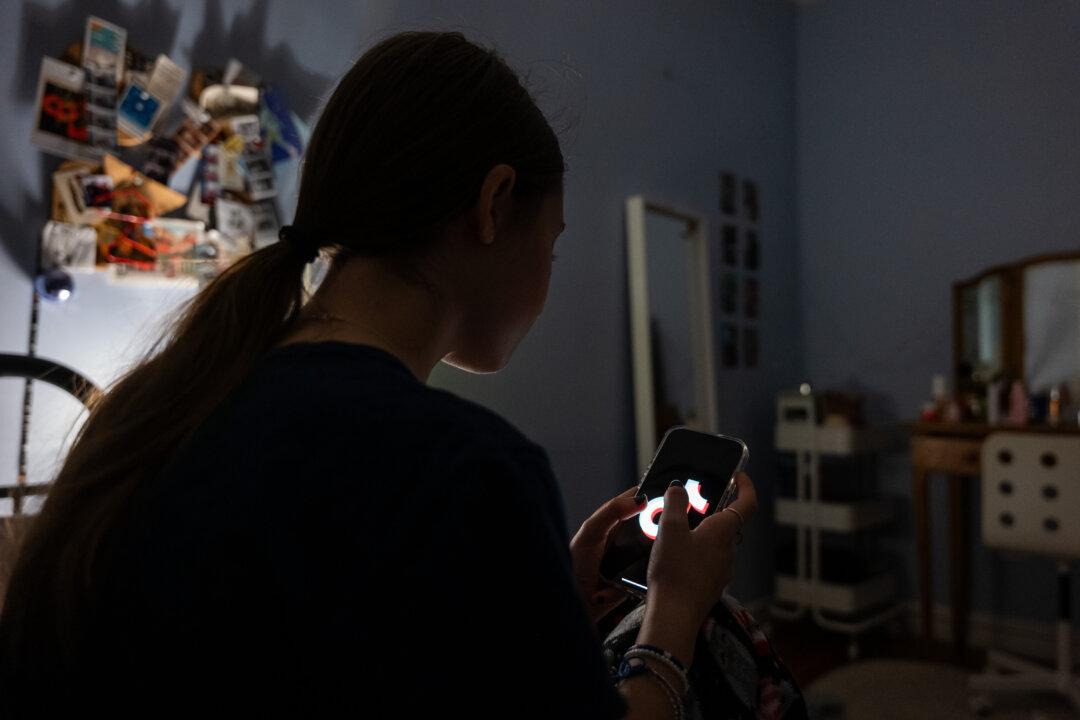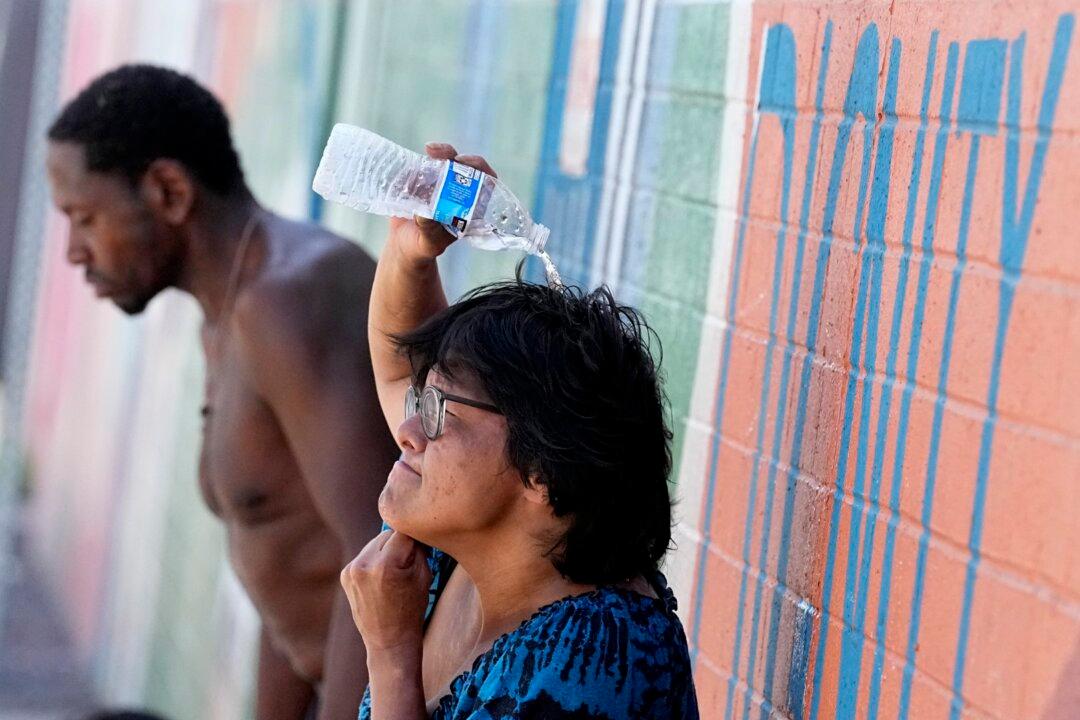As an April court date approaches, advocates are increasing their efforts to free a man who has served almost 10 years for a crime many say he didn’t commit. At the April 21 hearing, a judge will consider evidence not previously seen in the trial of David Yarde, who is serving a life sentence for a 2012 murder. That evidence may give Yarde the new trial he desperately wants.
A decade ago, Yarde was convicted of second-degree murder and unlawful possession of a firearm in connection with the shooting death of 22-year-old DeAndre Russ. Russ was shot outside an apartment complex in Boston in the early morning hours of Oct. 28, 2012. On Aug. 8, 2014, a Boston judge sentenced Yarde to life in prison, despite evidence that experts say exonerates him.





